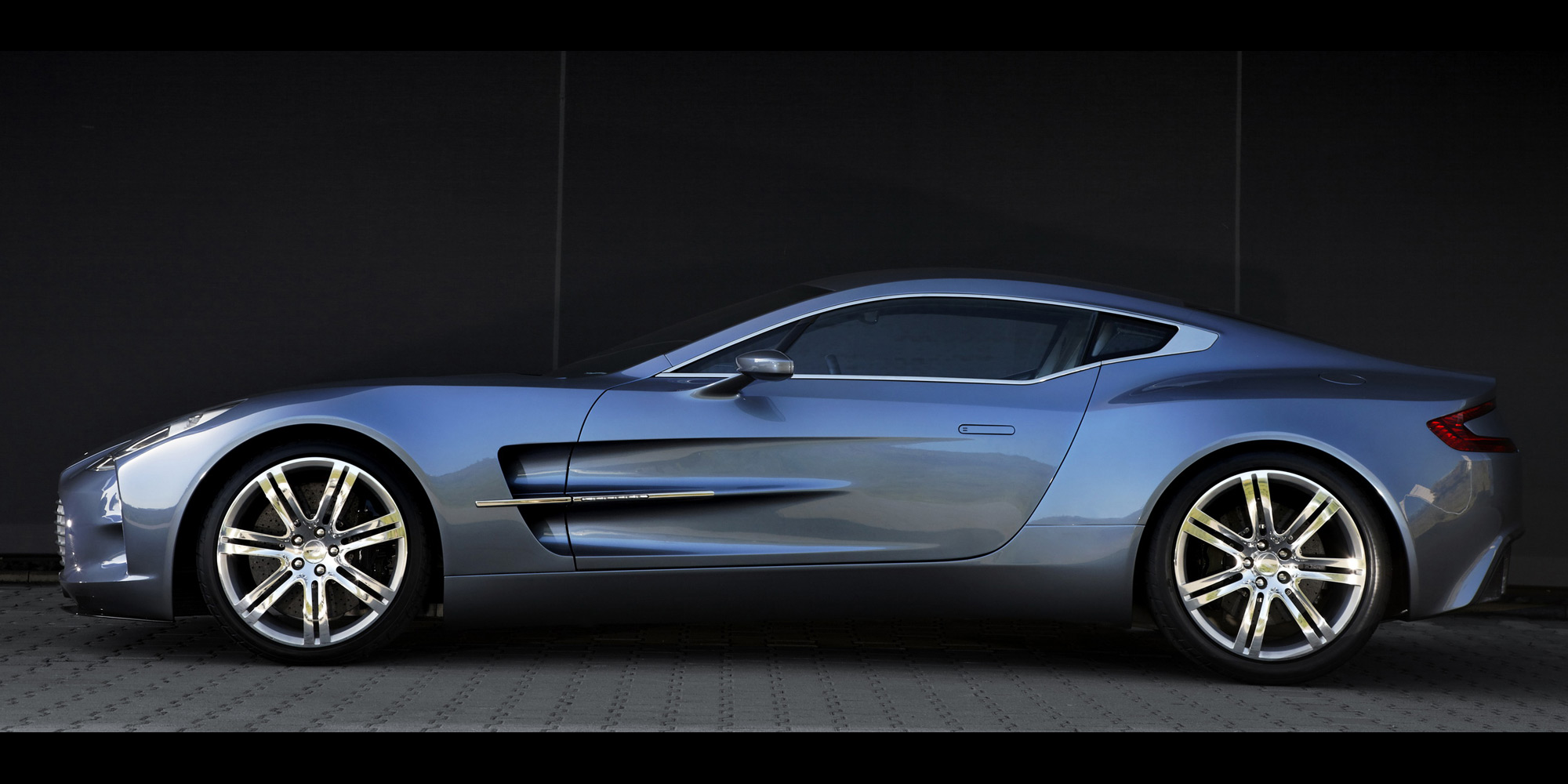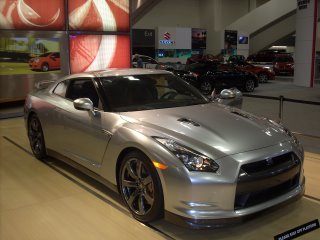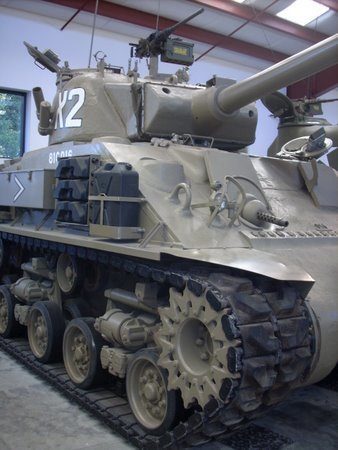So, what exactly is a “hypercar?” We're well acquainted with the “supercar” terminology and its association with the most powerful and expensive cars money can buy, so how much better can it get? Well, regardless of if a “hypercar” is better than a supercar, the name definitely suggests some sort of superiority over the class of automobile that has reigned the track, showroom, and hearts of enthusiasts worldwide. How the hypercar fits into the arena of exotic cars becomes demystified when we look at some examples and key points of difference, so let's dive in.
First and foremost, taking a look at the supercar and its defining characteristics will help to clear things up. The very first time that the “supercar” term was recorded in use was in the November, 1920 issue of The Times when an advertisement for the Ensign Six, a 6.7 L high-performance car similar to the Bentley Speed Six, used the phrase, “If you are interested in a supercar, you cannot afford to ignore the claims of the Ensign 6.” After WWII the term came more into its own when used to describe future cars that incorporated advances in design and technology of the time such as flat floorplans and automatic transmissions.

The next stage for defining the supercar came about in the U.S. with the emergence of muscle cars. In fact, “supercar” predated “muscle car” in describing these new high-powered American cars. Later in the 20th century we'd come to find our modern interpretation of a supercar as a car that is very expensive, powerful, and usually has a middle-oriented motor; think 1980's Countach & 1990's Diablo. When it comes down to it, supercars occupy a portion of the automotive psyche that is associated with unbelievable capabilities: unbelievable price, unbelievable performance figures, rarity, and brand. When you think about it, all of these associations are quite unapproachable. In fact, that is where Club Sportiva comes in in that our mission is to bring the experience of exotic supercars to all walks of life. So, now that we know a bit more about supercars, let's look at what the heck makes a “hypercar.”

To put it simply, think of a hypercar as a supercar that is even more expensive and even more powerful. A hypercar is among the likes of the Pagani Zonda, Bugatti Veyron and Aston Martin One-77. See while supercars can easily run north of $250k, hypercars walk the fine line along 7-figure price tags. This aspect helps to date the term in that no more than a little over a decade or so ago that price point (or over $500k) was pretty rare or not linear in that there weren't clear competitors in the segment.

All of this has changed exponentially in the auto world within the last 5 years. To illustrate, there are 3 bona fide hypercars on the horizon and they are very exciting to say the least: McLaren P1 (F1 successor), Ferrari F70 (Enzo successor), Porsche 918 Spyder. Most importantly, it is in their similarities that we can better describe what a hypercar is. All of these cars run about $1,000,000, have at least 800 horspower (yowza!), and utilize non-gas supplemental power. Just those few attributes alone help us to define what makes a hypercar, with the latter being interestingly indicative of the category.

With the hypercar category demystified we can see that it really is an evolution of the exotic car, just as the 1980's supercars were an evolution of sports and muscle cars before them. The key point of difference perhaps is the inclusion of electric powerplants that provide enough power to reach the astronomical power ratings of the class. All in all, the newest – arguably inaugural- members of the hypercar category are extremely exciting. And though we won't get ahead of ourselves its begs us to wonder, “what's next?”
Take a look at our collection of supercar rentals HERE
– Evan W.




